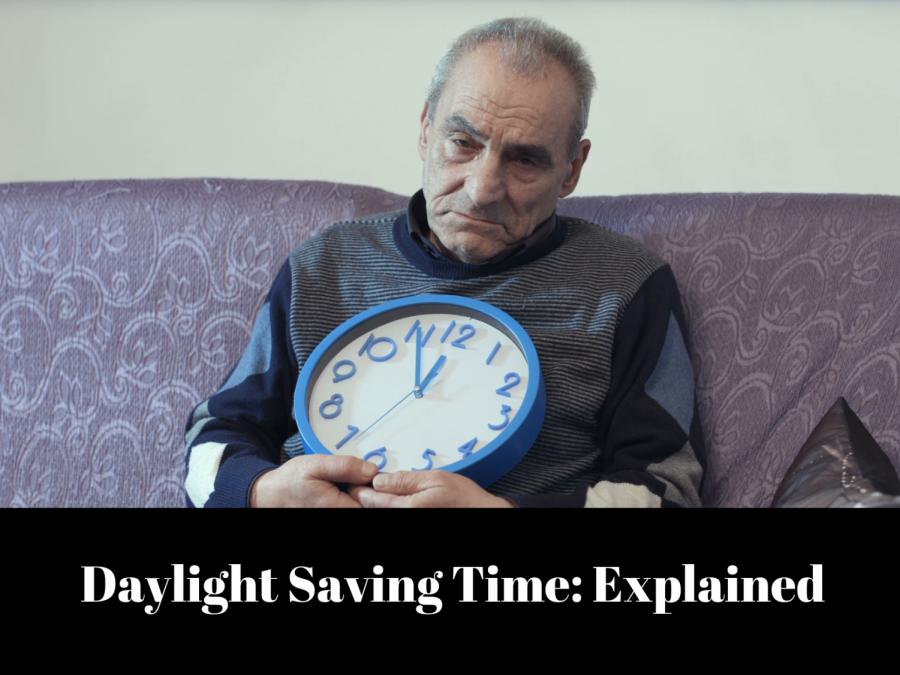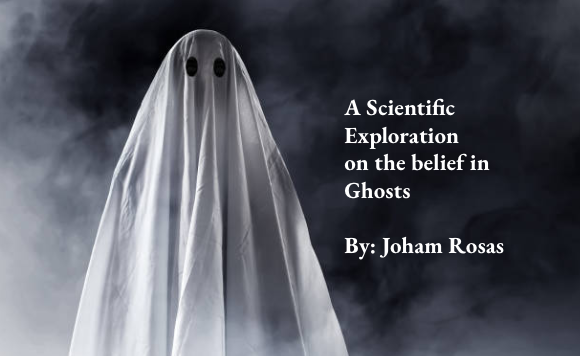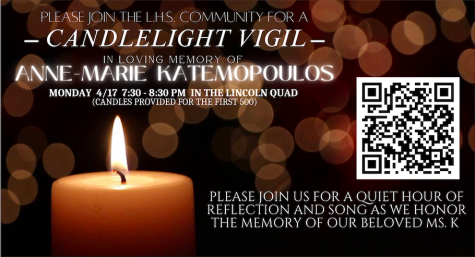Daylight Saving Time: What is it, And Why Should We Care?
The term Daylight Saving Time is something that you’ve probably or most likely have heard of before. While there are some people that do actually know the purpose for the infamous time set-back, there are also others who don’t actually know the reasoning behind this change. Now, whether or not daylight saving time is actually useful—is still up for continued debate, but either way, there’s still at least some ounce of purpose to this routinely year change.
Now, some questions that you might be asking yourself while reading this article is, ‘what exactly is daylight saving time?’, or you might be asking, ‘what’s the point of daylight saving time?.’ Well, luckily for you this article will be detailing the history and origin of daylight saving time, as well informing the students of Lincoln High School of how it affects them personally and in regards to their education schedule. Also just a quick little heads-up for the reader, this article will mainly be focused on the history of the establishment of daylight saving time in the United States rather than in other countries. Now, this is mainly due to the fact that most people reading this are from the United States, so it makes sense to write it in the perspective of the United State’s history with daylight saving time. Also, it’s less extensive to say the least.
First off, before the history of daylight saving time can be further explained, you must first know that the grammatical and correct way to refer to daylight saving time is daylight saving time, not daylight savings time. Anyways, although many other European countries had already started their own personal versions of D.S.T. in 1916, the United States had only barely adopted the change until 1918. The idea of having a time saving sort of tactic in the United States was first and initially proposed by, Robert Garlund, an industrialist from Pittsburgh. Daylight Saving Time however, was not a yearly consistent change in the U.S. as it is today, in both time change and namesake. It was not until the year of 1942 that D.S.T. came back in the United States, this time with a whole new different name and purpose. During the U.S.’ involvement in WWII, President Franklin D. Roosevelt reinstated daylight saving time as a new measure called “War Time.”
Basically, “War Time” was essentially D.S.T. but the name was replaced as a way to reflect the time period in which the measure was reinstated in. Anyways, although D.S.T. was going strong throughout the nineteen forties and fifties, it was not until 1966 that D.S.T. started to be official in the states. In the year 1966, a new measure was taken in regards to making D.S.T. an official time regulation in the United States, and that measure was called the Uniform Time Act. The Uniform Time Act was a law that was enacted for the sole purpose to establish official guidelines for states who wanted to participate during the daylight saving period to follow, and it was also made as a way to then allow those given states to have a choice on whether or not they wanted to participate as well.
Now jump a couple of decades later and now we have the official and current version of daylight saving time that the U.S. currently uses. This so-called ”current version” of D.S.T was made possible by the Energy Policy Act of 2006, which practically set the basis for the schedule of daylight saving time that we’ve been using since 2007. As of now, daylight saving time starts on the second Sunday of March, and ends on the first Sunday of November.
When asked about his thoughts on the topic of daylight saving time, Joseph David, a Senior, said “I think it’s kind of cool how by 5 p.m. it’s already dark outside. It’s also kind of weird to think that the day feels longer even though we’re an hour behind.”
Robert Correa is a seventeen-year-old Senior at Abraham Lincoln High School in San Jose, California. He's had pretty good grades in all of his English...











